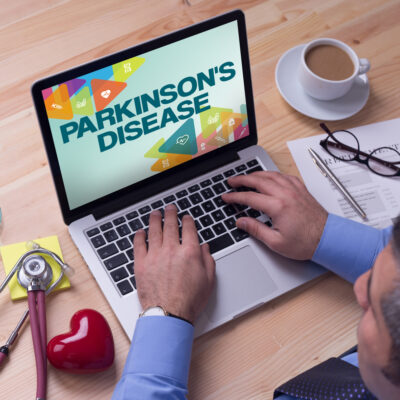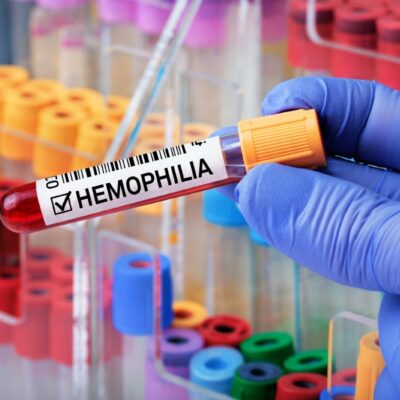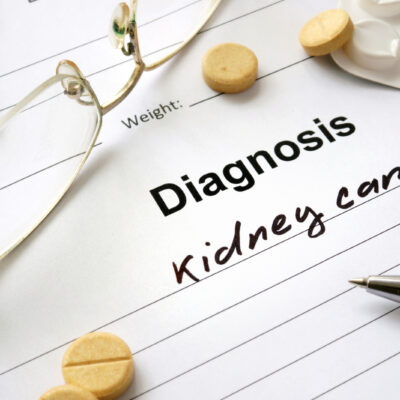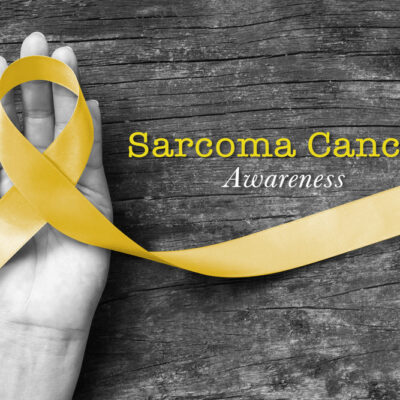
Health
Early Warning Signs of MS and Treatments to Consider
Multiple sclerosis (MS) is a chronic and progressive disease that affects the central nervous system, causing damage to the myelin sheath that protects nerve fibers. It is a challenging condition that can be difficult to diagnose, and early detection is crucial to managing symptoms and preventing long-term disability. Fortunately, there are now several medications available to treat MS, including Enspryng, Mayzent, and Edaravone, which can help manage symptoms and slow disease progression. The MS Society is an excellent resource for information and support for those living with MS. In this article, we will discuss six early warning signs of MS and the treatments to consider: 1. Vision problems Blurred or double vision is a common symptom of MS, and it occurs when the inflammation damages the optic nerve. This can lead to difficulty seeing in low light, blurry vision, and a loss of color vision. 2. Fatigue Fatigue is a common symptom of MS, and it can affect daily life significantly. It is different from regular tiredness and can be so severe that it affects a person’s ability to function. 3. Numbness and tingling Numbness and tingling in the limbs, face, and other areas of the body are often the first symptoms of MS.
Read More 















